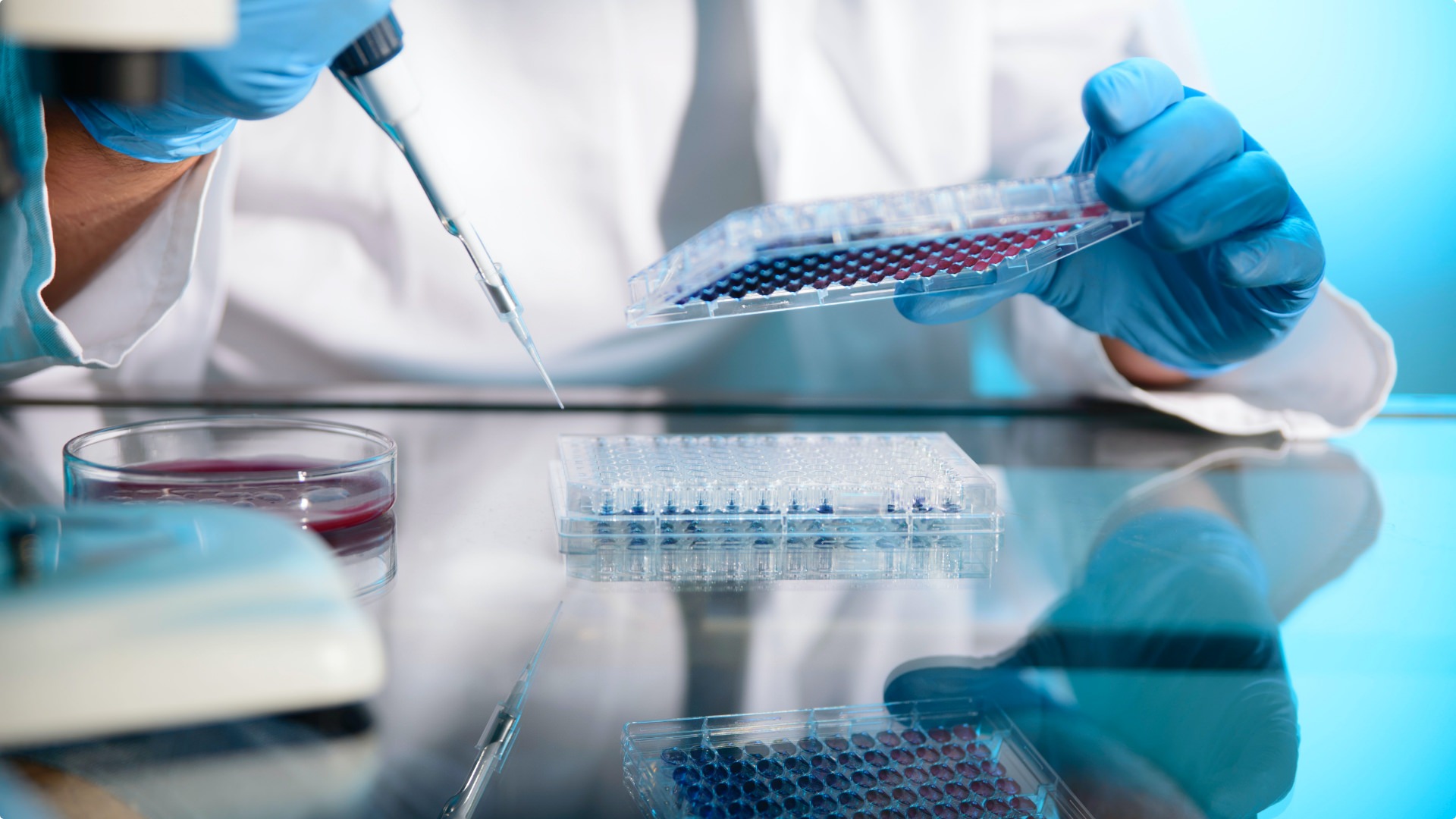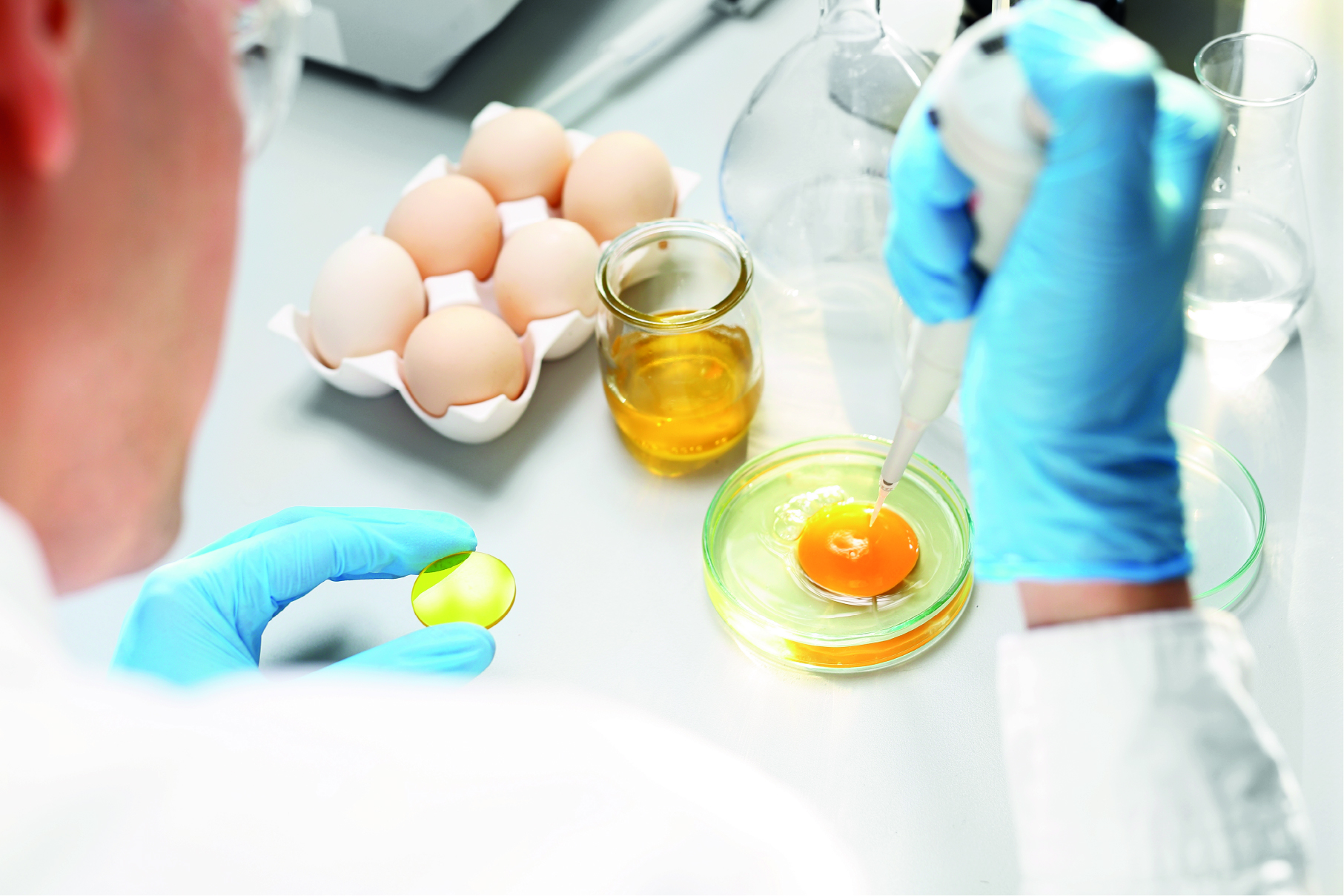Which bacteria are involved in the formation of biofilms in industry?
In the professional and work environment, the growing concern for food safety, especially in relation to the presence of pathogenic microorganisms, is widely recognized. This concern arises mainly due to the lack of rigorous protocols for cleaning surfaces and materials in contact with food.
The deficiency in these protocols is aggravated by the formation of microbial structures known as biofilms, which are identified as the main cause of contamination in final products. These biofilms tend to develop on products, surfaces and processing equipment, significantly increasing the risk of cross-contamination and the appearance of contaminants during production.
The impact is not only limited to food products, as equipment and installations can also suffer alterations that affect their performance and useful life. For example, in drinking water systems, clogged pipes can reduce flow and increase energy consumption. In dairy or juice industries, filters and membranes can be damaged due to the adsorption of microorganisms, reducing process efficiency and becoming potential sources of contamination.
Among the bacteria that stand out for their ability to form biofilms and represent significant risks to food safety are:
- Listeria monocytogenes. The threat posed by Listeria monocytogenes to food safety is widely recognized, and has been highlighted this year due to several outbreaks identified worldwide. This pathogen exhibits a remarkable ability to proliferate in cold and humid environments, conditions conducive to the formation of biofilms. Its adhesion is carried out by means of flagella, pili and membrane proteins, achieving efficient attachment in a short period of time. These structures can adhere to both living and inert surfaces. The ability of Listeria monocytogenes to form biofilms on steel surfaces and processing machinery positions it as a crucial factor in cross-contamination.
- Salmonella spp. One of the most significant bacterial diseases, occupies a prominent place due to salmonellosis, which presents multiple clinical forms and has important implications for public health. Several studies have shown its ability to adhere and form biofilms on inert surfaces such as concrete, plastic or steel. This ability is determined by the presence of specialized surface structures that favor their adhesion and give them resistance to mechanical forces. Like other enterobacteria, Salmonella produces cellulose as an exopolysaccharide in the biofilm matrix, playing a crucial role in its environmental survival.
- Escherichia coli. A widely represented and ubiquitous enterobacterium, favors its adhesion thanks to the presence of flagella, pili and membrane proteins. Once attached to the biofilm, it undergoes loss of its flagella and increases the production of extracellular materials that stabilize and reinforce the biofilm matrix. Studies have revealed that the presence of serotype O157:H7 increases when it is part of these structures, manifesting a greater resistance to sodium hypochlorite, the main disinfectant agent in the food industry.
- Pseudomonas spp. Ubiquitous bacteria with a high prevalence in food processing environments, such as drains, soil, surfaces and acidic environments, exhibit remarkable genetic plasticity and environmental resistance. These characteristics position them as prominent biofilm formers in the food industry. The ability of Pseudomonas to produce abundant extracellular polymeric substances allows them to adhere to various surfaces, including stainless steel. Thanks to its regulation by quorum sensing, it facilitates the adhesion and integration into the biofilm of other pathogenic bacteria such as Salmonella and Listeria.
- Campylobacter jejuni. Although it is not the bacterium with the highest mortality of all the toxiinfections, it presents an unequalled potential for dissemination during handling. The microenvironment generated inside the biofilm protects these bacteria from oxygen (it should be remembered that these are microaerophilic microorganisms). Once inside the biofilm, they are able to survive for a week at 10ºC, with low nutrient levels and in normal atmospheres. For these reasons, they become an active risk during food handling, being a source of dissemination of this type of bacteria.
As we have seen in these articles, not only proper disinfection and cleaning protocols are required. Many times, this type of actions and the products used are initially designed for the control of free microorganisms and not for those that form these complexes. Biofilm does not behave in the same way as free cells and needs specific actions, where prevention is positioned as a fundamental tool to control these contamination sources.
We provide you with all the necessary culture media for the analysis of final products and handling surfaces, allowing you to obtain relevant information for the improvement of risk prevention, cleaning and disinfection plans.




